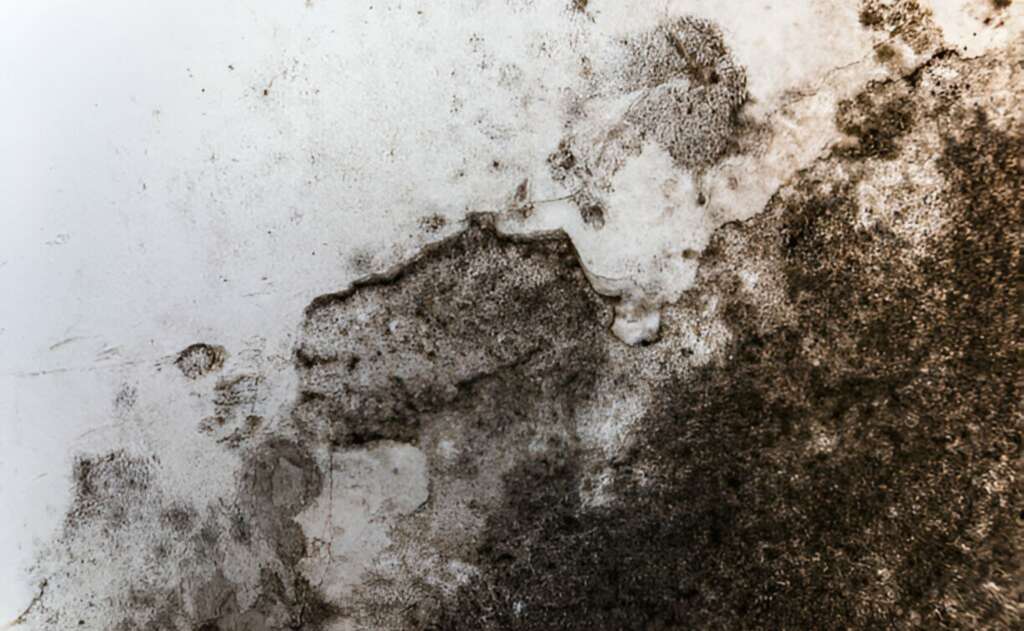Posts
7 Common Types of Mold in Your House
What was your guess when you noticed the dark spots or a musty odor in your home? Did you wonder if mold could be lurking in the walls? That’s quite a possibility, especially when in Texas, humidity levels run high, and storms are frequent. Such environmental conditions make mold growth an all-too-common problem for you.
However, you might not realize that what might seem like a minor discoloration or an unpleasant smell could be a sign of a bigger issue. One that poses serious risks to your home and health.
You should know that mold doesn’t only affect your house’s structural integrity, but it can also lead to respiratory problems and allergies for your family. The next step for such an issue is obviously dealing with it. But, before dealing with mold, there is one thing you need to know – its type.
Yes, there are different types of mold, and there could be different ways of handling and addressing each of these types.
In this blog, we will explore seven different types of house mold that might be hiding in your Texas home. We will also discuss how you can recognize these common types of mold before they become a costly and dangerous problem.

Aspergillus
This is one of the most common types of mold found in Texas that appears in a variety of colors, including white, yellow, green, or black and in a powdery texture. You can find Aspergillus on walls, insulation, and food products, especially in areas with high humidity.
If you find it in your house, it will be best to handle it right away, as it can cause allergic reactions and respiratory issues. In fact, if anyone in your family has a weakened immune system or has asthma, then you need to handle it ASAP.
How to Handle?
Clean the small areas of Aspergillus with a bleach solution. But if it has spread over a larger area, then you better get a professional mold remediation specialist. Once the remediation is done, address moisture problems, such as leaks right away to prevent it from coming back.
Cladosporium
This one usually appears in different shades like brown, black, or olive green. You can often find this on wooden surfaces, fabrics, and HVAC systems. Caldosporium thrives in warm and cool environments. Plus, just like Aspergillus it can also trigger allergic reactions, skin irritation, and respiratory issues. Again, you need to be very careful if you’ve asthma patients or people with pre-existing lung conditions living with you.
How to Handle?
Clean the affected surfaces with soap and water and then use a disinfectant. Make sure to dry the area completely to prevent future growth. For larger areas, again, consider hiring a professional.
Stachybotrys (Black Mold)
You must have heard of black mold, right? Stachybotrys is exactly that and has a distinctive dark black or greenish-back color with a slimy texture. You might end up finding it on materials like drywall, wood, and paper products after water damage.
Black mold can cause serious health issues because of the toxic compounds it produces. This can result in chronic coughing, headaches, and respiratory problems.
How to Handle?
Considering the potential dangers, to handle black mold, you must hire a professional. Don’t think about DIY cleaning. Besides this, to prevent further growth of black mold you shall eliminate moisture sources and ensure proper ventilation in your house.
Penicillium
In Texas, your house can also be invaded by this type of mol,d and it appears as blue, green, or yellow in color with a velvety texture. Usually, it grows on water-damaged materials like carpeting, insulation, and wallpaper. It is important to note that exposure to this type of mold can lead to allergic reactions, asthma attacks, and even lung inflammation. However, you need to treat this as early as possible because it can spread quickly through the air.
How to Handle?
Remove the contaminated materials if necessary. Once this is done, clean smaller areas with a vinegar or bleach solution. But, if this has spread widely, you may consult a mold remediation expert.
Alternaria
In your Texas home, you might find Alternaria lingering in a dark green or brown color. It often appears with a velvety or fuzzy texture. This type of mold grows in damp areas like bathrooms, kitchens, and around windows. Besides this, it can also thrive on plants and soils. This is a strong allergen ad can cause asthma symptoms, as well as upper respiratory infections.
How to Handle?
To handle it with great care, you may improve the ventilation of your Texas home and use dehumidifiers in damp areas to prevent growth. Also, clean small spots with detergent and water. If Alternaria has spread, it will be better to get professionals to remove it.
Chaetomium
Chaetomium starts as a whitish mold and darkens to gray, brown, or black as it grows. You can find it in areas with water damage, and it is commonly found on drywall, carpet, and wallpaper. Besides this, prolonged exposure to this mold can lead to respiratory issues, skin infections and in some cases, neurological damage. This is why it is better to take care of it as soon as possible.
How to Handle?
This type of mold is a clear sign of a serious moisture problem, so it is better to leave it in the hands of professionals. You can also remove and replace water-damaged materials to stop mold from spreading.
Fusarium
Fusarium is a fast-spreading mold that appears pink, white, or reddish. It grows on water-damaged materials like wallpaper, carpet, and fabrics. You might find it in cold, damp conditions, so don’t forget to check your basements while looking for it. Fusarium can cause skin infections, allergic reactions, and respiratory problems, especially in people with weak immune systems.
How to Handle?
For small infestations, you may start by cleaning and removing the mold from the affected areas with a bleach solution. However, for larger or widespread areas, you again need a professional. Also, fix any leaks or water issues to ensure it doesn’t return.
Conclusion
Mold growth isn’t just an unsightly issue; it is more than that. If left unchecked, it poses real health risks and can seriously damage your home’s structural integrity.
Whether it is the common Aspergillus or the more dangerous Stachybotrys (black mold), each type of mold presents unique challenges. You need to recognize these molds early and understand how to handle them to prevent costly repairs and protect your family’s well-being.
If you’re unsure about the extent of mold in your home, consult a professional to ensure thorough and safe removal. In Texas, where humidity and weather conditions create a perfect breeding ground for mold, it would be better to take quick and effective action.
Protect your home and family from hidden mold risks with GreenWorks Inspections. Our expert mold inspections identify and address issues before they escalate. Schedule your inspection today for peace of mind!



